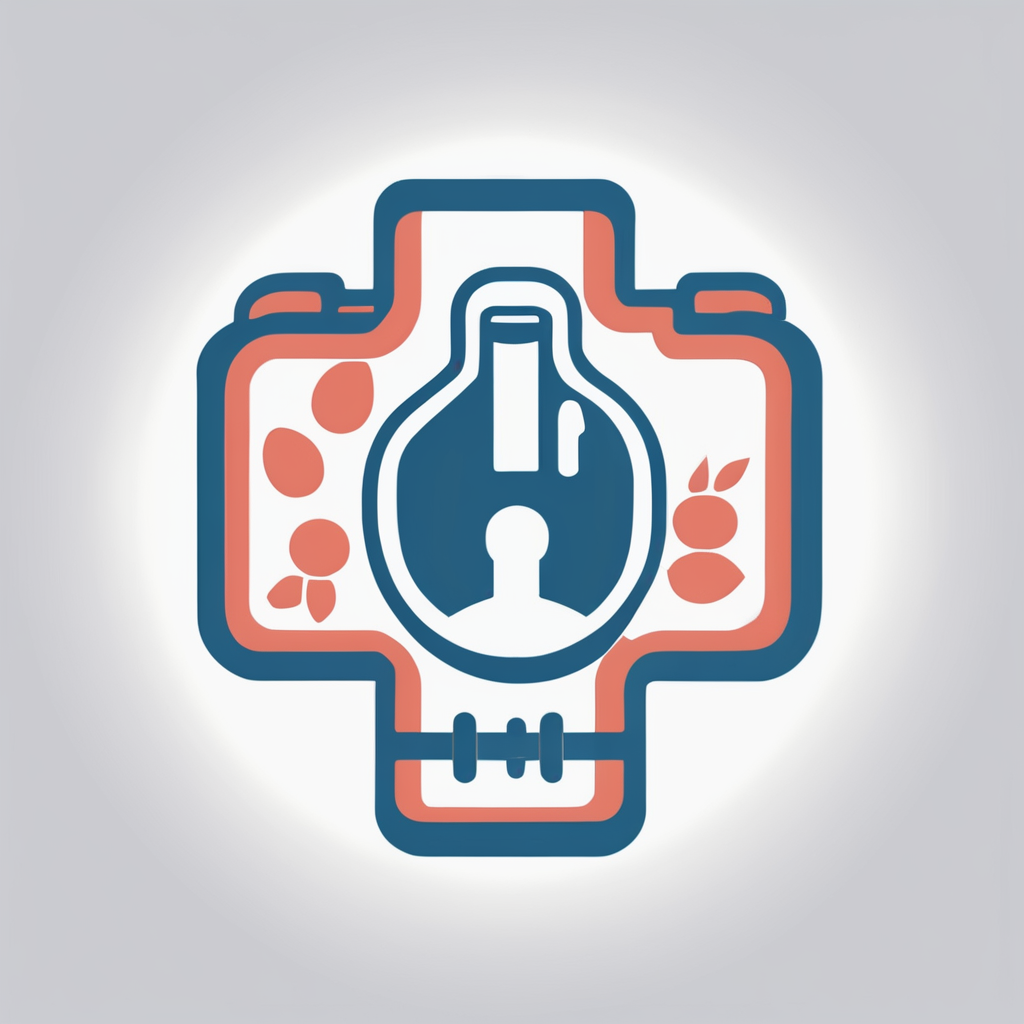Ways Technology Improves Elderly Well-being in the UK
Technology for elderly care UK is transforming how seniors maintain their health and independence. A key aspect is the use of wearable devices that enable real-time health monitoring and management. These devices track vital signs such as heart rate, blood pressure, and activity levels, allowing elderly well-being to be proactively managed. This continuous data collection means health concerns can be detected early, preventing complications and supporting timely interventions.
Additionally, telehealth services have become essential in the UK for elderly care, offering remote consultations with healthcare professionals. This reduces the need for travel and provides convenient access to medical advice from home. Telehealth not only supports physical health but also alleviates feelings of isolation by maintaining regular communication with doctors.
This might interest you : How Can Seniors Enhance Their Well-being Through Social Activities?
Smart home technologies further enhance elderly well-being by facilitating independent living. Systems can automate lighting, temperature controls, and emergency alerts, creating a safer environment. These innovations in health technology UK collectively improve quality of life, ensuring seniors receive personalized support tailored to their individual needs. Embracing these technologies helps maintain autonomy while offering peace of mind to both seniors and their families.
Practical Benefits and Real-Life Examples
Technology offers significant benefits for elderly individuals, especially in the UK where adoption is increasing. One of the most impactful advantages is enhanced safety and emergency response systems. Devices like fall detectors and wearable alerts allow seniors to summon help immediately, reducing serious health risks. This technology is critical in maintaining independence without compromising security.
Have you seen this : What Are the Top Nutritional Supplements for Senior Health?
Beyond safety, technology promotes social connections through digital platforms. Video calls, social media, and messaging apps help elderly people stay connected with family and friends, combating isolation—a common concern among the elderly population. This connectivity improves emotional well-being and cognitive health.
Several UK-based case studies highlight successful tech adoption. For example, older adults using smart home devices report greater confidence in managing daily tasks and feel less isolated. NHS initiatives also support elderly safety tech adoption, focusing on ease of use to encourage engagement.
By integrating such technologies, elderly individuals gain autonomy and maintain a higher quality of life—demonstrating the clear benefits of technology for elderly users across the UK.
Barriers to Technology Adoption for UK Elderly
Understanding technology accessibility for elderly in the UK requires addressing several key barriers. Many older adults face challenges due to limited digital literacy, which significantly impacts their confidence and ability to use new devices. Without proper digital literacy and training, navigating interfaces or troubleshooting common issues becomes daunting. Effective training programs tailored for elderly users can bridge this gap but remain underprovided.
Affordability also stands as a major obstacle. Many seniors are on fixed incomes, making technology purchases a financial strain. This affordability and device accessibility issue limits access to modern devices that could enhance their independence and connectivity. Budget-friendly options often lack user-friendly features specifically designed for older people.
Design considerations are another critical factor. Devices and software not optimized for the elderly—with regard to font size, simplified controls, and clear instructions—can deter usage. Older users benefit from accessible design elements, such as high-contrast screens and intuitive navigation, to overcome barriers to elderly tech use.
Addressing these three areas — digital literacy, affordability, and design — is essential for improving digital inclusion in the UK elderly population and fostering greater technology adoption.
Supporting Data and Expert Insights
Recent data on elderly technology UK reveal a steady increase in digital device usage among seniors, with over 60% of those aged 65 and above owning a smartphone or tablet. This rise aligns with evolving tech trends elderly care UK, highlighting the integration of user-friendly apps designed specifically for older adults.
Experts in gerontology and healthcare technology emphasize the importance of accessible interfaces. An expert opinion elderly tech stresses that intuitive design not only enhances usability but also encourages consistent adoption, improving quality of life and independence.
UK healthcare professionals also note positive outcomes when digital solutions are paired with human support, reinforcing that technology should complement rather than replace personal care.
Furthermore, UK government initiatives actively promote elderly tech adoption through tailored training and subsidies, reflecting a broader policy commitment to bridge the digital divide. These programmes are instrumental in increasing confidence among elderly users, ensuring technology serves as an effective tool in managing health and social connections.


